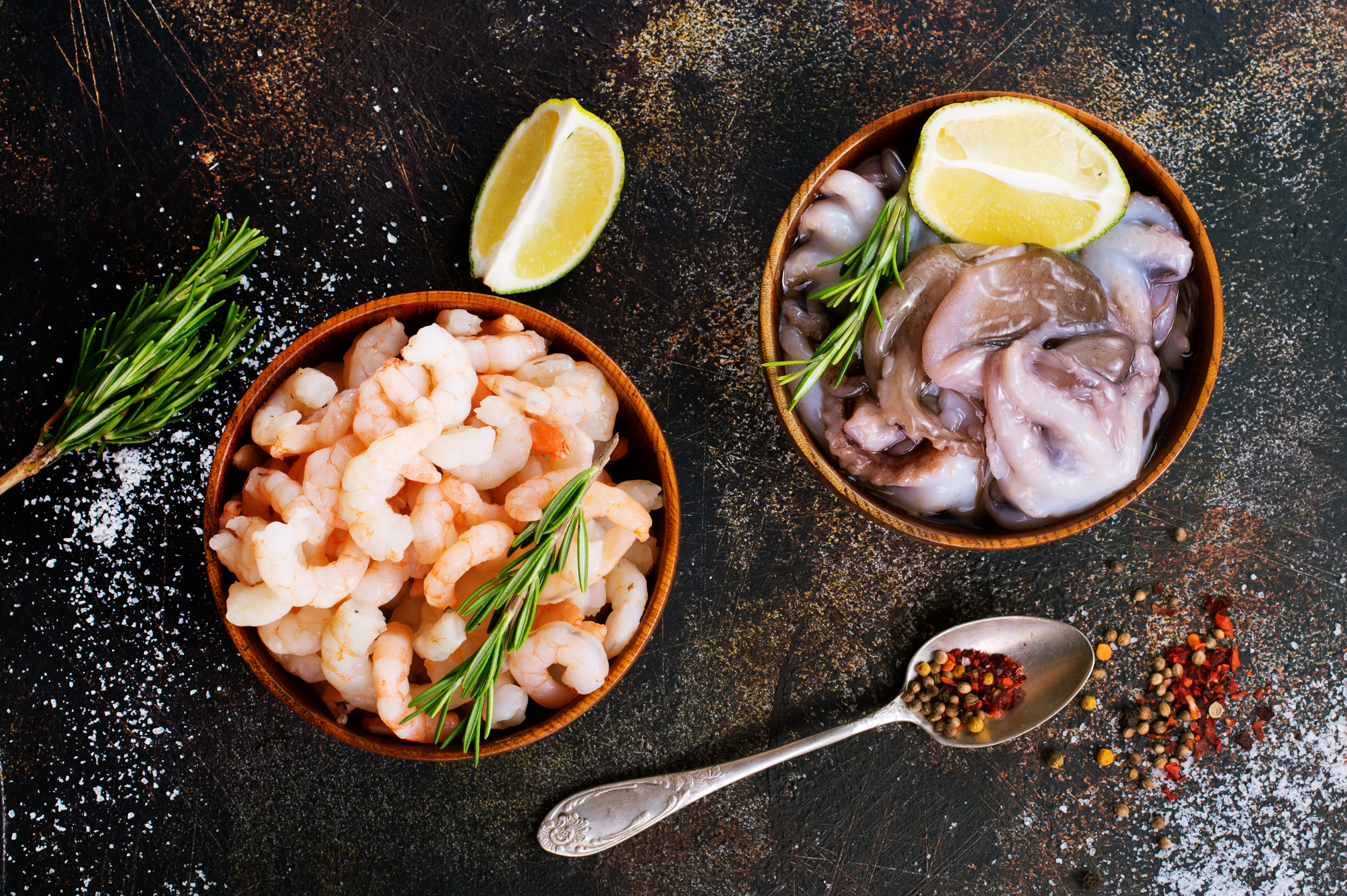- Home
- News
- 2019
- Preventing Cross-Contamination
- Seafood… It’s Best to Play it Safe
Seafood… It’s Best to Play it Safe

Oceans, rivers, lakes and bays are a wonderful source of fish, crustaceans and other seafood delights. Yet most people are unaware these delights contain natural substances which are poisonous to humans. Fortunately, there are safe food handling measures to take which significantly reduce these risks and remove the danger.
People at Risk
People most at risk from food poisoning from seafood include –
· Pregnant women
· The elderly
· Young children
· People with reduced immune systems due to various conditions
These groups should all take particular care when considering whether or not to consume a seafood meal. They should be extremely cautious when considering raw seafood.
Natural Toxins in Fish
Escolar and Oilfish contain a nasty toxin which builds up in the human gut as we cannot digest it. The symptoms include diarrhoea, nausea, vomiting and a distressing yellowy orange anal discharge. Stomach cramps and headaches are also common and all these symptoms may last for 24 – 48 hours.
Larger fish species such as shark, swordfish and marlin have naturally occurring high levels of mercury. This happens for two reasons –
· They are predatory so consume the mercury in other fish.
· Comparatively, they live a long life so have more time to absorb mercury from the waters they inhabit.
When eating larger fish species, people should not consume any other fish that week.
Histamine poisoning may occur when fish has not been chilled to 40C or below and is then eaten. At temperatures above this, histamine growth on the flesh occurs rapidly and results in numerous unpleasant symptoms –
· Dizziness
· Burning and/or prickling of lips and mouth
· Facial redness or a rash on the face, neck, chest and upper back
· Sweating
· Diarrhoea and vomiting
· Blurred vision
· Headaches
·
Palpitations
Reducing the Risks
There are several simple steps chefs and restaurant managers can take to reduce the risk of passing on food poisoning from seafood to their patrons.
· Develop a relationship with registered seafood suppliers. Ensure they are aware of your need to only purchase the freshest seafood which has been chilled or frozen from ocean to delivery.
· Ensure your seafood is transported in a container/refrigerator which is kept at 40C or below. Above this temperature, seafood will quickly spoil and bacteria will proliferate.
· Live seafood such as oysters should be kept on ice until consumed.
· Cooking will kill most bacteria.
· Store all seafood in refrigerators at or below 40C and discard after 3 days if not sold.
· Maintain refrigerators and freezers
In Summary
Australians are blessed by an enormous natural coastline abundant in sea life. We have a well-earned reputation for producing high quality seafood which is consumed locally and exported to discerning foreign markets. To protect that reputation and the reputations of local restaurants, maintaining safe food handling practices to reduce incidents of food poisoning is essential.





















































































